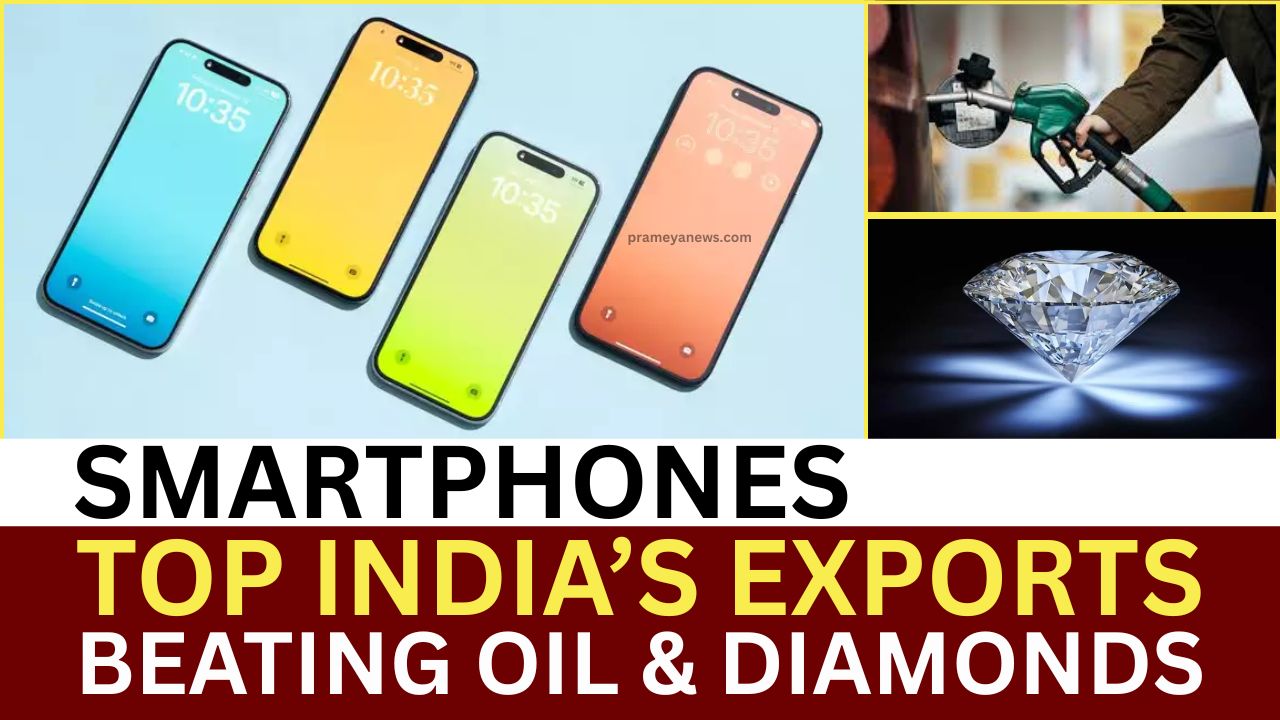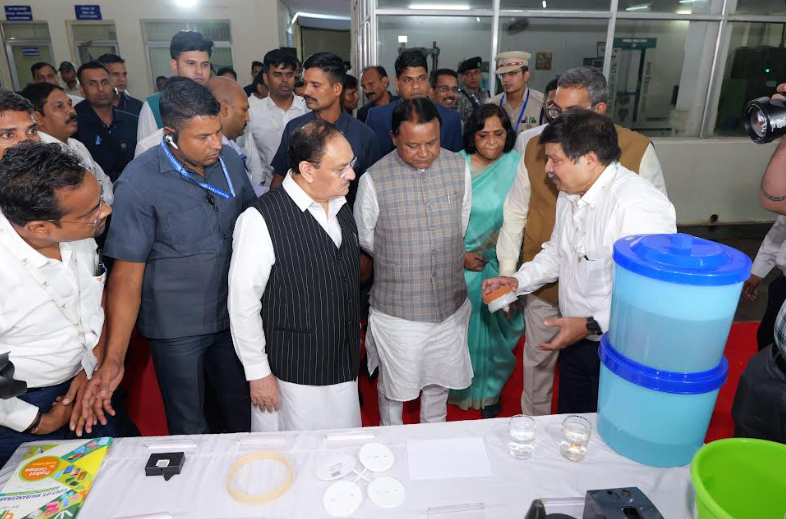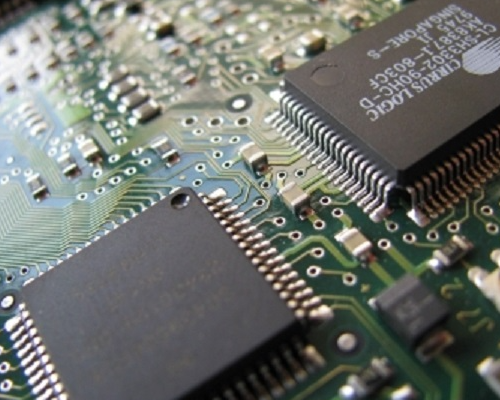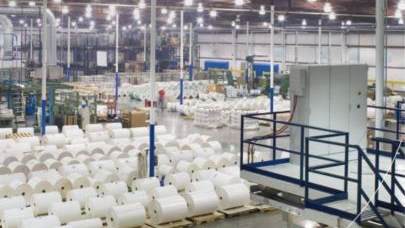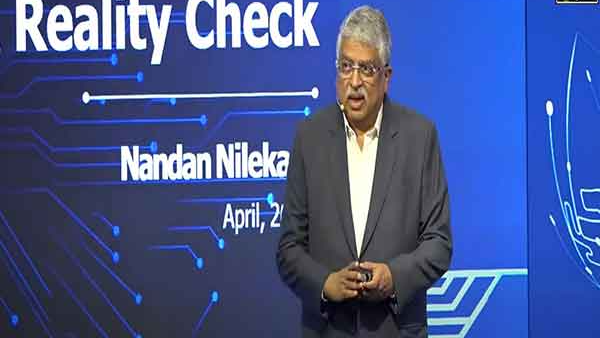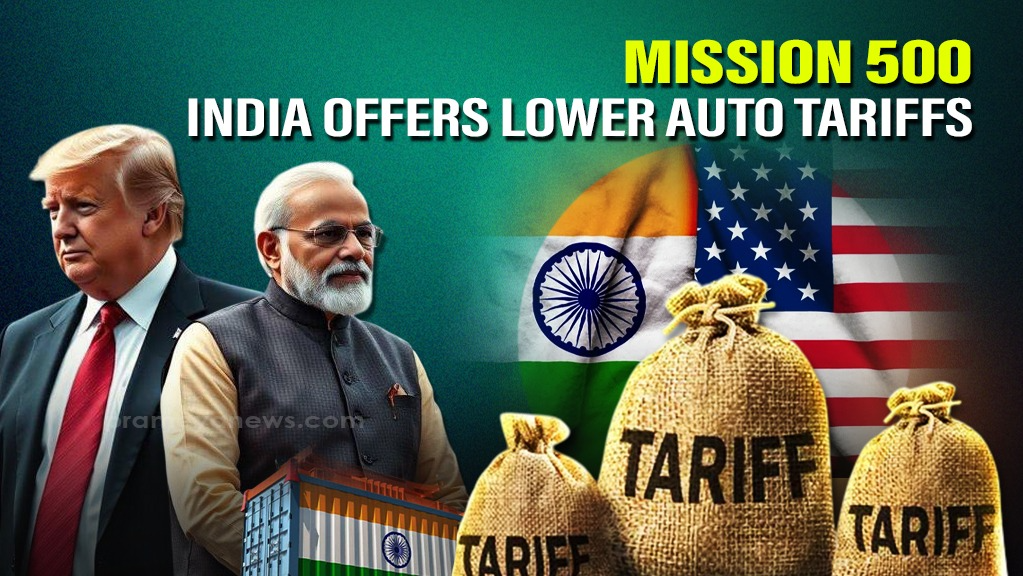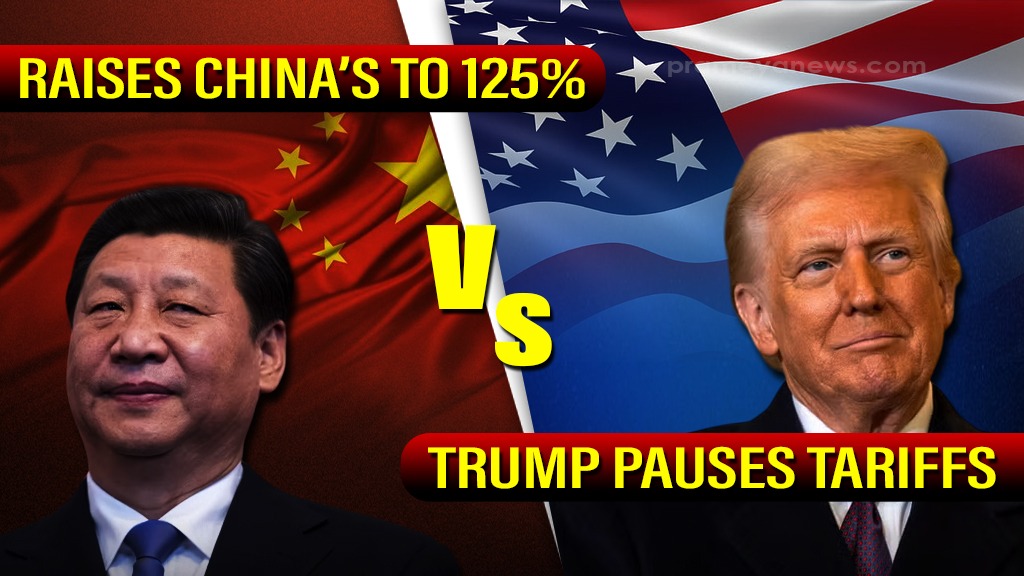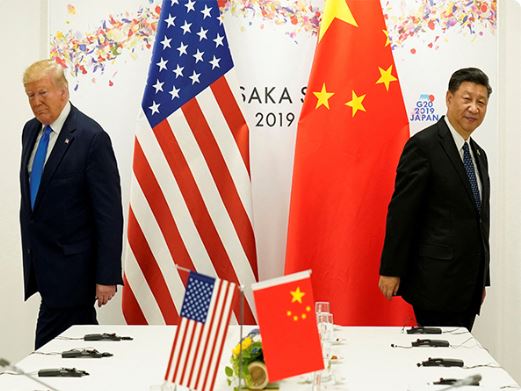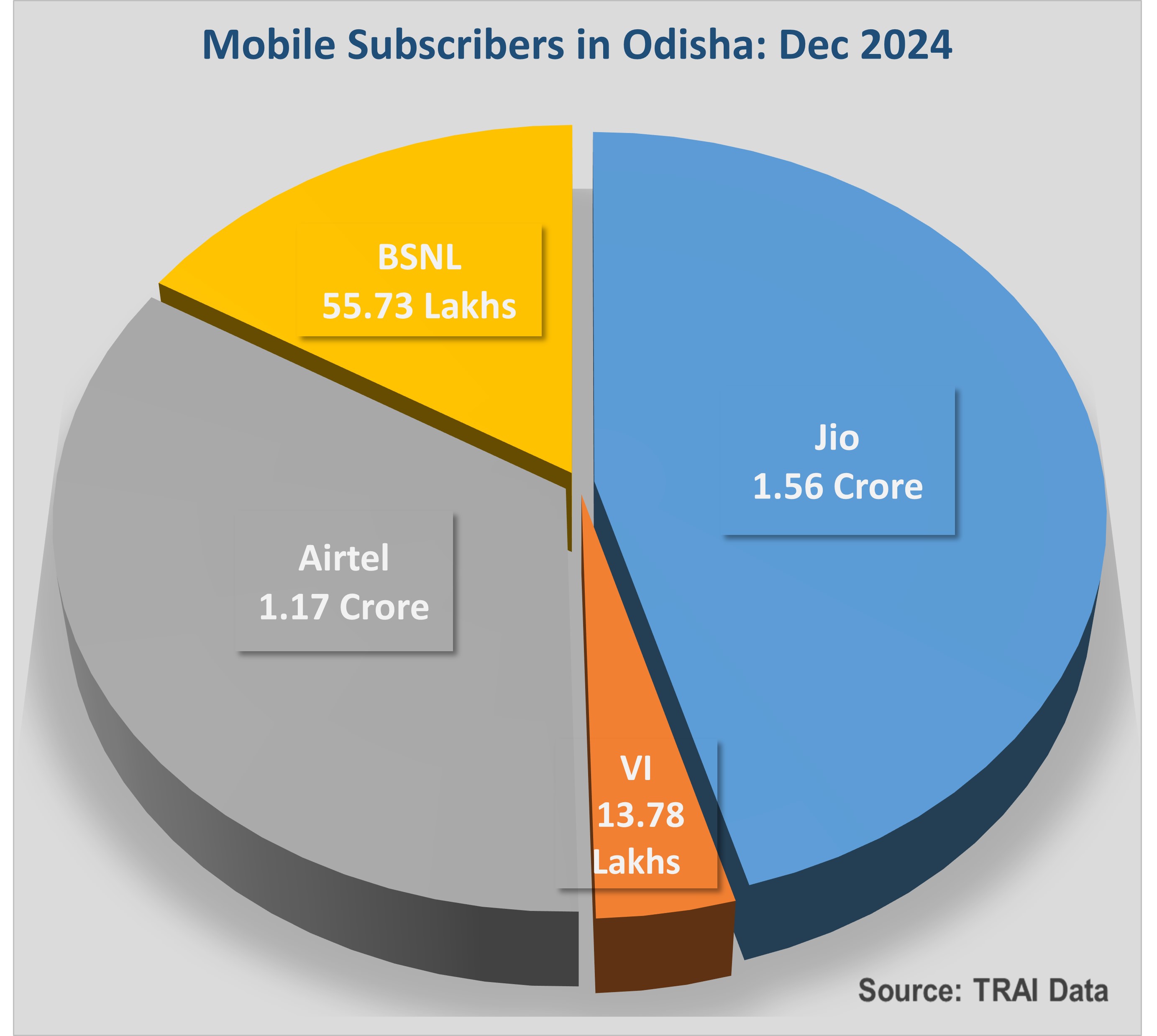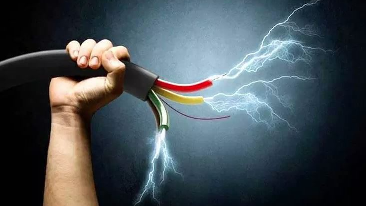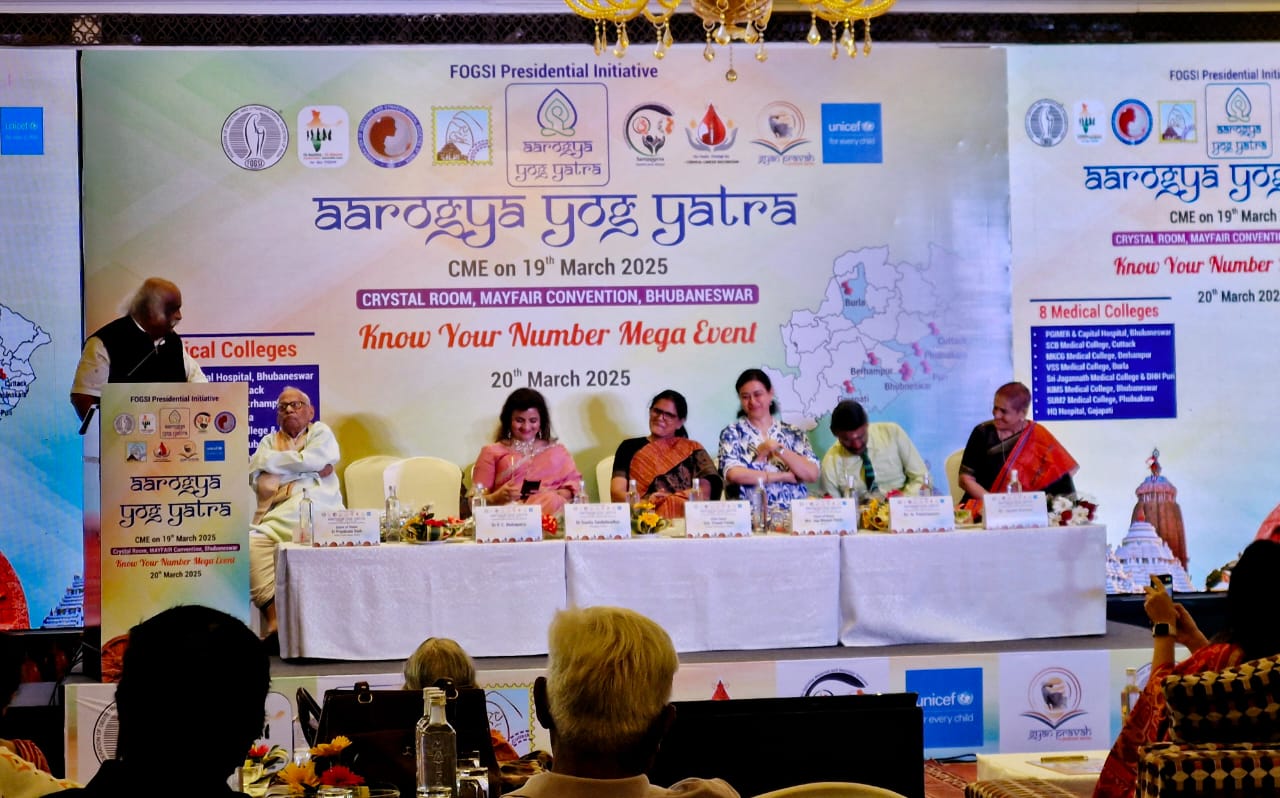Smartphones Become India's Top Export Item
In a remarkable shift in India's trade landscape, smartphones have surged ahead to become the nation's single largest export commodity, surpassing traditional frontrunners like petroleum products and diamonds. This milestone highlights the rapidly growing strength and global integration of India's electronics manufacturing sector, significantly due to government initiatives.
Unprecedented Export Growth
Data released by the India Cellular and Electronics Association (ICEA) reveals that the country's mobile phone exports soared past the Rs 2,00,000 crore (approximately $24 billion USD) mark in the financial year 2024-25. This represents a massive 55% increase compared to the Rs 1,29,000 crore recorded in the previous fiscal year (2023-24). This achievement firmly establishes mobile phones, primarily smartphones, at the top of India's export list.
According to ICEA, this is a big 'Make in India' success, with growth mainly thanks to the electronics Production Linked Incentive (PLI) scheme. This scheme has been instrumental in attracting significant foreign investment and scaling up domestic production capabilities, enabling India to become a more prominent player in global electronics supply chains.
Key Players
Global technology giants like Apple and Samsung have been central to this growth, having considerably expanded their manufacturing operations within India over the past few years. Their increased production has contributed significantly to the export figures. Consequently, India's overall mobile phone production value also saw substantial growth, reaching an estimated Rs 5,25,000 crore in FY25, up from Rs 4,22,000 crore the year before.
"Crossing Rs 2 lakh crore in smartphone exports marks a strategic turning point," stated ICEA Chairman Pankaj Mohindroo. He emphasized that this achievement reflects the "growing strength, maturity, and global integration" of India's electronics sector, directly crediting the PLI scheme for its transformative role.
Addressing Challenges
Despite this success, the ICEA acknowledges ongoing hurdles. Mohindroo noted that addressing challenges related to cost competitiveness, improving infrastructure and logistics, and navigating tariff issues remains crucial for sustained growth. "Our priority is to further deepen our scale, drive export-led growth, and create a robust component ecosystem," he added, outlining the focus needed for long-term leadership.
The association also pointed towards opportunities arising from shifting global trade dynamics, including recent tariff changes implemented by the US, which could potentially open new avenues for Indian electronics exports into the American market. However, Mohindroo stressed that India's ambitions are global, aiming to be a preferred manufacturing partner worldwide.
Towards the $500 Billion Target
This export milestone is seen as a significant step towards India's ambitious target of achieving $500 billion in electronics manufacturing and exports by the year 2030. It reinforces the country's path towards becoming a major global hub for electronics production and innovation. The continued focus will be on overcoming existing challenges and leveraging policy support to maintain this impressive momentum.







